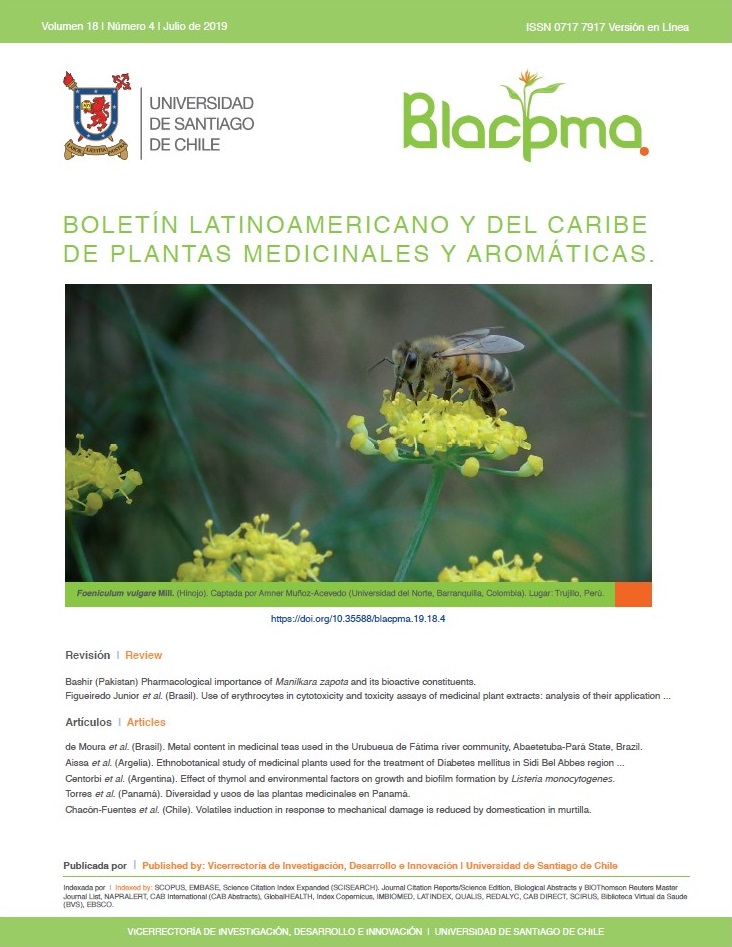Pharmacological importance of Manilkara zapota and its bioactive constituents
Keywords:
Manilkara zapota, Ethno medicine, Pharmacological activities, PhytoconstituentsAbstract
Manilkara zapota (Sapotaceae), commonly known as Sapodilla, is widely known for its delicious fruit. Various parts of this plant are also used in folk medicine to treat a number of conditions including fever, pain, diarrhoea, dysentery, haemorrhage and ulcers. Scientific studies have demonstrated analgesic, anti-inflammatory, antioxidant, cytotoxic, antimicrobial, antidiarrheal, anti-hypercholesteremic, antihyperglycemic and hepatoprotective activities in several parts of the plant. Phytochemical studies have revealed the presence of phenolic compounds including protocatechuic acid quercitrin, myricitrin, catechin, gallic acid, vanillic acid, caffeic acid, syringic acid, coumaric acid, ferulic acid, etc. as main constituents of the plant. Several fatty acids, carotenoids, triterpenes, sterols, hydrocarbons and phenylethanoid compounds have also been isolated from M. zapota. The present review is a comprehensive description focused on pharmacological activities and phytochemical constituents of M. zapota.
Downloads
Downloads
Published
How to Cite
Issue
Section
License

This work is licensed under a Creative Commons Attribution-NonCommercial-NoDerivatives 4.0 International License.

